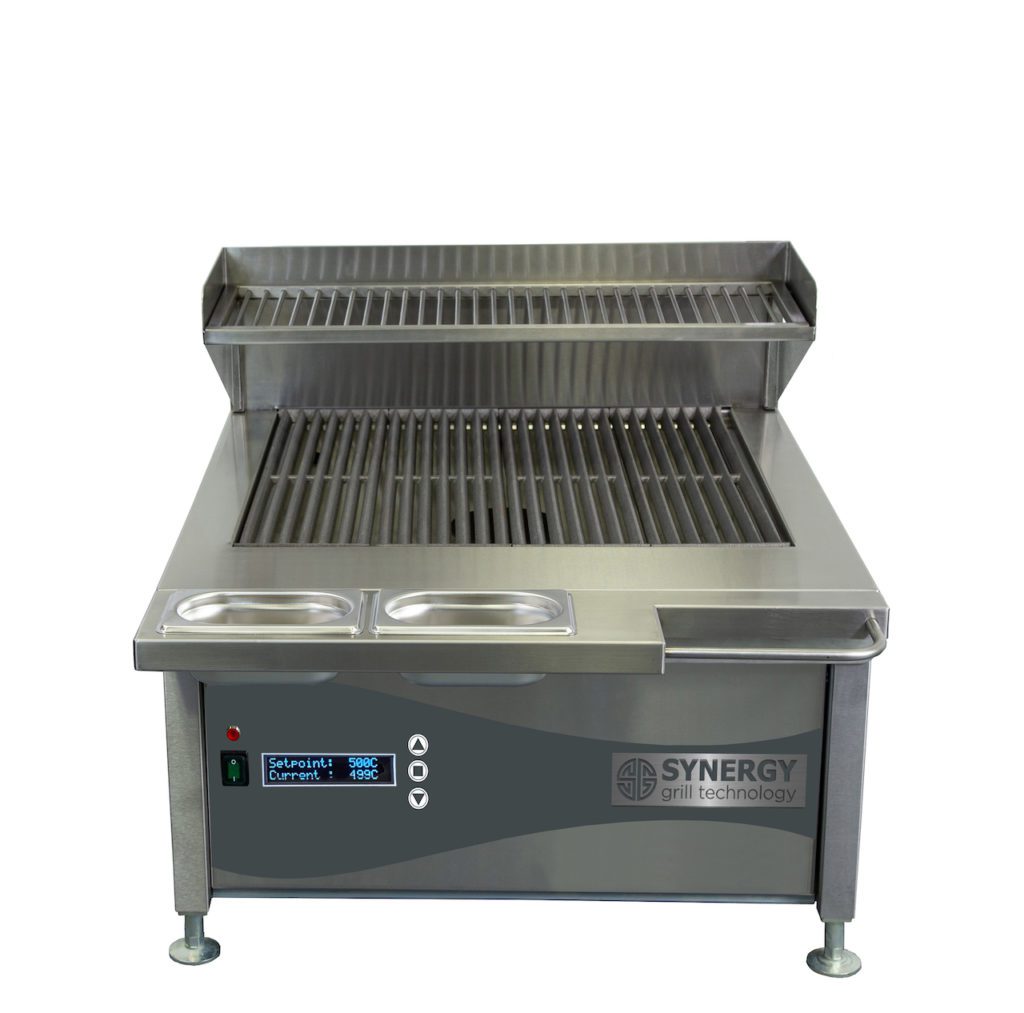

When execution begins, all of the states start in their normal mode with the exception of the oxygen sensor (EGO). Feedback from the oxygen sensor provides a closed-loop adjustment of the rate estimation in order to maintain the ideal mixture ratio. Under normal operation, the model estimates the airflow rate and multiplies the estimate by the reciprocal of the desired ratio to give the fuel rate. The model uses three subsystems to implement this strategy: control logic, airflow calculation, and fuel calculation. The fuel_rate_control block, shown in Figure 3, uses the sensor input and feedback signals to adjust the fuel rate to give a stoichiometric ratio. A Repeating Table block provides the throttle angle input and periodically repeats the sequence of data specified in the mask. Similarly, you can induce the failure condition of a high engine speed by toggling the engine speed switch on the dashboard subsystem. Double-click on the dashboard subsystem to open the control dashboard to change the position of the switch. Simulink accomplishes this by binding slider switches to the value parameter of the constant block. You can selectively disable each of the four sensors (throttle angle, speed, EGO and manifold absolute pressure ) by using the slider switches in the dashboard subsystem, to simulate failures. The fuel rate combines with the actual air flow in the engine gas dynamics model to determine the resulting mixture ratio as sensed at the exhaust. The fuel_rate_control uses signals from the system's sensors to determine the fuel rate which gives a stoichiometric mixture. Units are specified on the ports and on the bus object.įigure 2: Dashboard subsystem for the fuel control system model Notice that units are visible on the model and subsystem icons and signal lines. To view the contents of the model workspace select Modeling > Model Explorer, and click on Model Workspace from the Model Hierarchy list. This also helps avoid MATLAB workspace cluttering. Note that loading initial conditions into the model workspace keeps simulation data isolated from data in other open models that you may have open. Logged signals are marked with a blue indicator while streaming signals are marked with the light blue badge (see Figure 1). The model logs relevant data to MATLAB workspace in a data structure called sldemo_fuelsys_output and streams the data to the Simulation Data Inspector. The model loads necessary data into the model workspace from sldemo_fuelsys_data.m. Press the Play button in the model window toolbar to run the simulation.

Modelingįigure 1 shows the top level of the Simulink model. When the sensor detects a fuel-rich mixture, corresponding to a very low level of residual oxygen, the controller decreases the fuel rate. If the sensor indicates a high oxygen level, the control law increases the fuel rate. This gives a good indication of the mixture ratio and provides a feedback measurement for closed-loop control. Typically, a sensor determines the amount of residual oxygen present in the exhaust gas (EGO). The target air-fuel ratio for this system is 14.6. stoichiometric) mixture ratio provides a good compromise between power, fuel economy, and emissions. The air-fuel ratio is computed by dividing the air mass flow rate (pumped from the intake manifold) by the fuel mass flow rate (injected at the valves). Physical and empirical relationships form the basis for the throttle and intake manifold dynamics of this model.


 0 kommentar(er)
0 kommentar(er)
